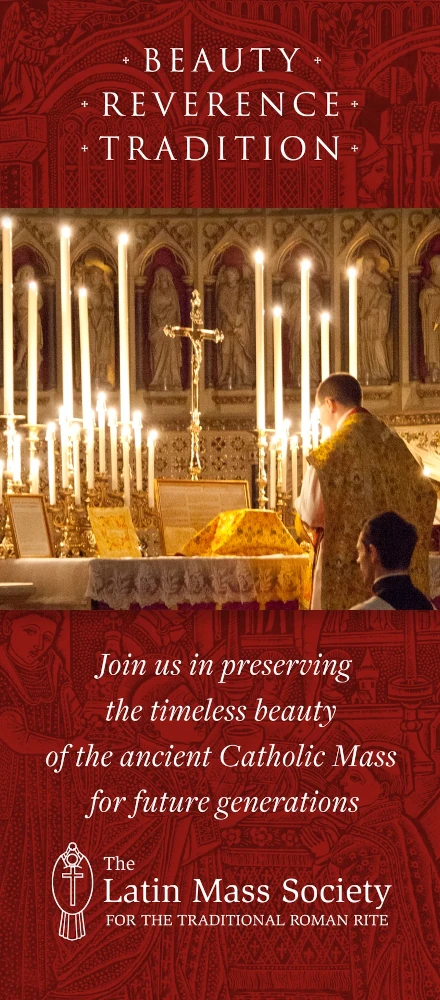 Today, the First Sunday of Lent, in the traditional form of the Ambrosian Rite Mass and, optionally, also in the ordinary form, the first of the two lenten litanies is sung. It's usually known as "Divinae Pacis" from its first words.
Today, the First Sunday of Lent, in the traditional form of the Ambrosian Rite Mass and, optionally, also in the ordinary form, the first of the two lenten litanies is sung. It's usually known as "Divinae Pacis" from its first words.
NLM contributor Gregory Di Pippo explained very well the historical and liturgical aspects of this litany in a previous post:
During Lent, in place of the Gloria there is a litany, which is very similar to the litanies sung at the beginning of every Eastern liturgy. The Litany of the 1st, 3rd and 5th Sundays, “Divinae Pacis”, (included in new edition of Cantus Selecti) contains an invocation to pray for those who are “in metallis”, in the mines, to which Christians were sometimes condemned in age of the persecutions. This penalty was abolished in the West in 220 A.D.; it possible, therefore, that “Divinae Pacis” is one of the very few surviving pieces of pre-Constantinian liturgical text (along with the Gloria and the Phos hilaron of Greek Vespers). It is an amazing thing to hear this most ancient of prayers in the true liturgical context for which it was written.
In the traditional form, the litany is read or sung by the Celebrant in all private or sung Masses. It is sung by the Deacon wearing the "stola lata" from the pulpit in Solemn High Masses.
In the ordinary form, it is usually sung by a priest or a layman in place of the universal prayer at the end of the Liturgy of the Word.
Here's a video taken in the Basilica of St. Ambrose last year (ordinary form):
A professional recording of the "Divinae Pacis" litany by the choir of the Basilica of St. Ambrose in Milan can be downloaded here
Picture above:
The beginning of "Divinae Pacis" litany in Add. Codex 34209, British Museum.
Published in Paléographie musicale, vol. 5 (Paris, 1900)
 Today, the First Sunday of Lent, in the traditional form of the Ambrosian Rite Mass and, optionally, also in the ordinary form, the first of the two lenten litanies is sung. It's usually known as "Divinae Pacis" from its first words.
Today, the First Sunday of Lent, in the traditional form of the Ambrosian Rite Mass and, optionally, also in the ordinary form, the first of the two lenten litanies is sung. It's usually known as "Divinae Pacis" from its first words.



















